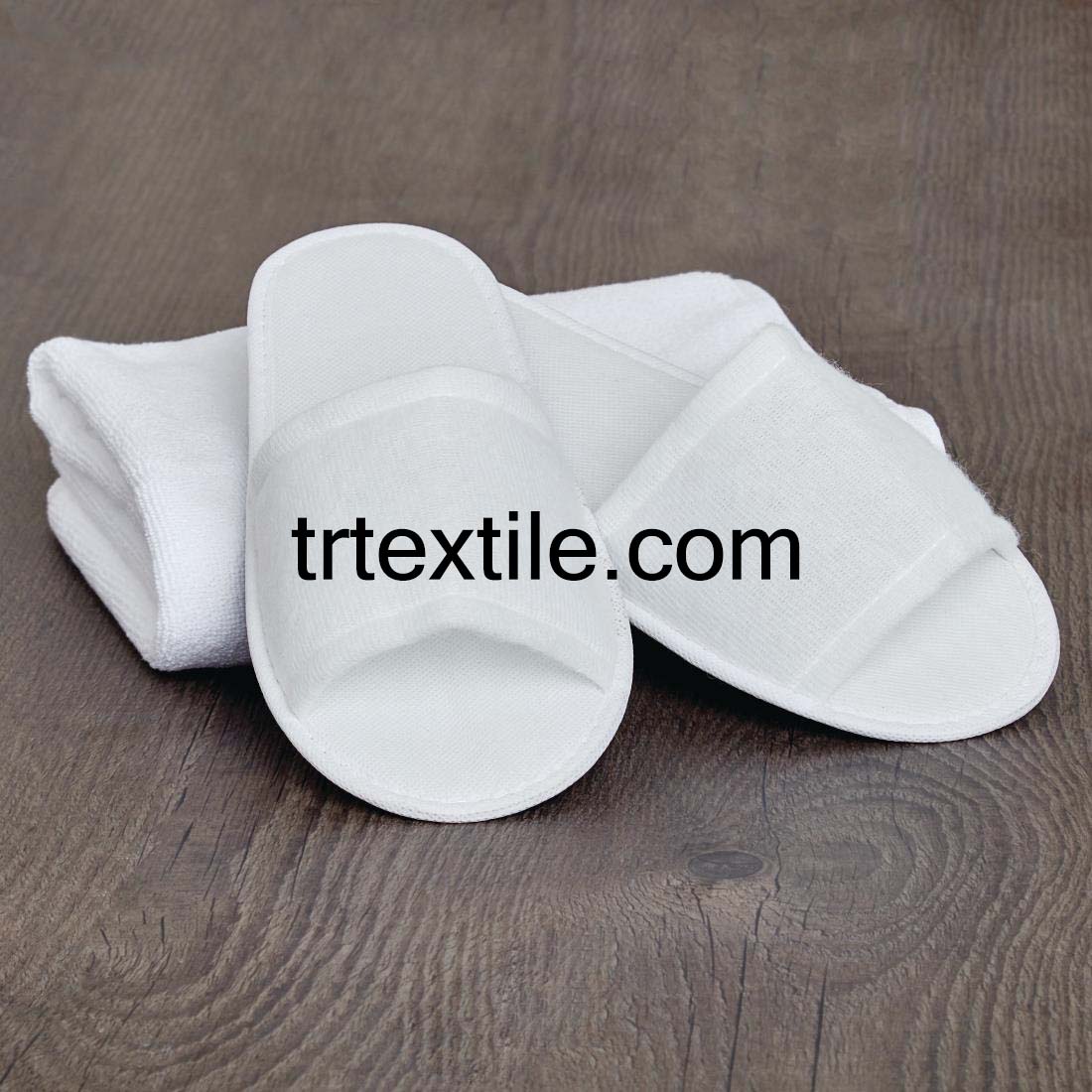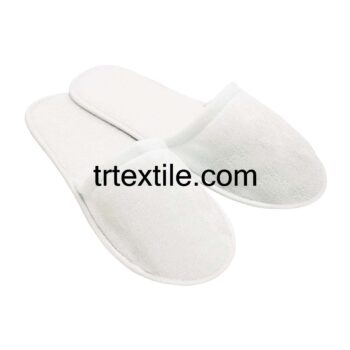Disposable slippers have become increasingly popular in recent years due to their convenience and hygiene benefits. They are commonly used in hotels, spas, hospitals, and other hospitality settings where cleanliness is of utmost importance. The production model for disposable slippers typically involves several key steps to ensure the highest quality and efficiency.
1. Design and Planning: The first step in the production of disposable slippers is the design and planning phase. This involves creating a prototype of the slipper and determining the materials and production processes needed to manufacture it. The design must take into account factors such as size, shape, material, and comfort to ensure that the final product meets the requirements of the intended use.
2. Material Selection: The choice of materials is critical in the production of disposable slippers. The most common materials used are non-woven fabrics, such as polypropylene or polyester, which are lightweight, durable, and cost-effective. These materials are often chosen for their breathability and moisture-wicking properties, making them ideal for use in a variety of environments.
3. Cutting and Sewing: Once the materials have been selected, the next step is cutting and sewing the slippers. This is typically done using automated machinery to ensure precision and consistency in the production process. The slippers are cut to the desired size and shape, and then sewn together using specialized equipment to create the final product.
4. Printing and Packaging: After the slippers have been sewn, they are often printed with logos, branding, or other designs to customize them for a specific company or event. This can be done using screen printing, heat transfer, or other printing methods. Once the slippers have been printed, they are packaged in bulk quantities for distribution to customers.
5. Quality Control: Quality control is a critical step in the production of disposable slippers to ensure that the final product meets the required standards. This involves inspecting the slippers for defects, such as loose threads, uneven stitching, or faulty printing. Any defective slippers are removed from the production line to maintain the overall quality of the product.
6. Distribution and Marketing: Once the disposable slippers have passed quality control, they are ready for distribution to customers. This may involve selling them directly to retailers, hotels, or other businesses, or through online channels. Marketing efforts may also be used to promote the slippers and attract new customers.
Overall, the production model for disposable slippers involves a series of steps to ensure the highest quality and efficiency in manufacturing. By carefully selecting materials, using automated machinery, and implementing quality control measures, companies can produce disposable slippers that meet the needs of their customers and provide a convenient and hygienic option for use in a variety of settings.



